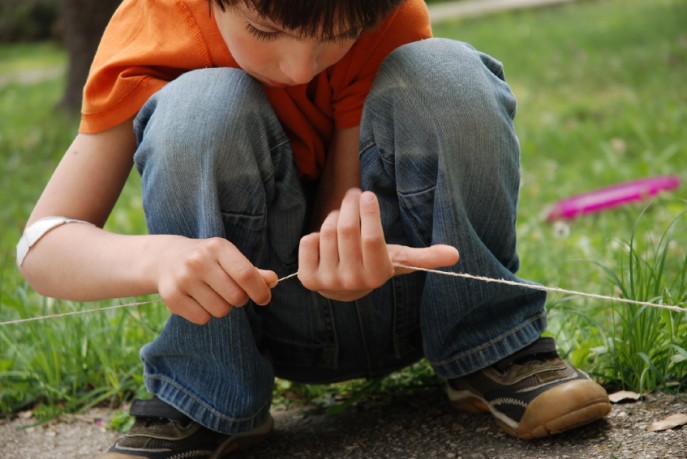I recently had the privilege of hearing Suzanne Wright, grandmother of a grandchild with autism and co-founder of Autism Speaks, as she talked about this serious developmental disorder. What she said both shocked and saddened me, and made me determined to help spread the word about the critical need for more research into the causes and prevention of autism. Kathy Roberts, executive director of a renowned school for children with autism called Giant Steps and mother of a daughter with autism, was also invaluable in helping to provide a greater understanding of the problems we must face together.

Here are some things I learned:
- Statistics tell us that one in 88 children born today will have Autism. If we look only at boys, the numbers are more alarming, at one in 54. (Autism is four to five times more common in boys than girls.)
- Autism spectrum disorder (ASD) and autism are both general terms for a group of complex disorders of brain development. These disorders are characterized, in varying degrees, by difficulties in social interaction, verbal and nonverbal communication and repetitive behaviors.
- Autism appears to have its roots in very early brain development. However, the most obvious signs of autism and symptoms of autism tend to emerge between 2 and 3 years of age.
- Autism statistics from the U.S. Centers for Disease Control and Prevention (CDC) identify a 78% increase in six years. Careful research shows that this increase is only partly explained by improved diagnosis and awareness.
- By way of comparison, more children are diagnosed with autism each year than with juvenile diabetes, AIDS or cancer, combined.

What does it mean to live with autism?
Each individual with autism is unique. Kathy Roberts says “when you meet one child with autism, know that you’ve met one child with autism.” That being said, there are some skills and behaviors that are often exhibited in people with autism.
Many of those on the autism spectrum have exceptional abilities in visual skills, music and academic skills. About 40 percent have average to above average intellectual abilities. Others with autism have significant disability and are unable to live independently. About 25 percent of individuals with ASD are nonverbal but can learn to communicate using other means.
Many persons on the spectrum take deserved pride in their distinctive abilities and “atypical” ways of viewing the world, and have made significant contributions to their fields, perhaps because of their ability to see “differently.” Great artwork and advances in science have been brought to life through the centuries by people who look, think, and act differently.
One of those “different” people today is Temple Grandin, an American doctor of Animal Science and a professor at Colorado State University. As a person with autism, she has done much to help the public understand the disorder and is known both for autism and animal welfare advocacy.
She has a wry sense of humor about her disability, and says, “What would happen if the autism gene was eliminated from the gene pool? You would have a bunch of people standing around in a cave, chatting and socializing and not getting anything done.”
There is sweetness and joy and laughter in the lives of families who struggle with autism, but the issues are real. Among the worries many parents face is who will care for their adult with autism when they are no longer here to do so? The responsibility will often fall to a sibling, who may or may not be prepared to undertake it. As Ms. Roberts tells me, “there are no tests to predict what a three year old will look or act like at twenty or thirty years of age.” But we must continue to work toward better diagnosis and early intervention for best outcomes.
Science currently indicates that the cause of autism is both environmental and genetic, which makes the complex work of teasing out a way to prevent it all the more challenging. That’s why we need to work together and keep the focus on this very important topic. “Bob and I founded Autism Speaks to provide hope for individuals and families affected by autism,” said Suzanne Wright. “Together, we can find the answers and make a difference–Autism Speaks and the Nantucket community is listening.”
Please take a moment to learn more at www.autismspeaks.org. or www.giantstepsct.org.
You can also find a world of information at www.templegrandin.com, as well as a fascinating blog published by Psychology Today Online called Asperger’s Diary written by a woman with Asperger’s syndrome.






Pingback: Walk Now, Act Now, for Autism Speaks | Holistic House